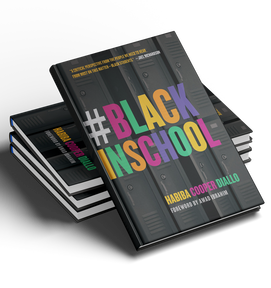|
By: Habiba Diallo I recently travelled to Ethiopia where I spent one month between December and January. After nearly 48 hours in transit between Canada and Germany, my family and I arrived at Bole airport on December 14th. Finally, the trip I had been long awaiting came to fruition. The next morning when we returned to the hospital, we were treated by the reception staff to freshly baked ambasha bread. Ambasha is sweet and soft and makes the perfect addition to a warm cup of tea. This was the day that I would get to interview two of the patients. I met with two lovely young women named Emewedat and Asris. Andenet translated between English and Amharic. At fistula hospitals or clinics, it is necessary to have physiotherapy or rehabilitation services for the reason that many fistula patients live with the illness for years during which time they remain immobile, sedentary, in a very restricted position (ex. with their knees pressed against their chest) in an attempt to stop the flow of urine and feces which constantly leaks from their bodies. As a result, many patients develop stiff joints, and are barely able to walk on their feet. Some have to practise walking anew with a walker until their feet become accustomed again. Andenet told us that although 98% of fistula surgeries are successful, there are a few fistulas that are so severe, or that the affected woman has been living with for so long that her pelvis muscles become so weak, that surgery is sometimes unsuccessful. They will require a colostomy bag for life to collect the waste products dripping from their organs. In these cases, patients are offered a place to live at Desta Mender. Desta Mender, which means, Joy Village, is a community of fistula patients whose surgeries were unsuccessful. If they decide not to return home to their own families, they can live at the house with other women and access the resources they need for their condition. We then returned to the main office where Feven, the Deputy CEO and Global Communications Manager, with the help of a baby doll and a model pelvis explained how fistula occurs from an obstructed labour. As the baby’s head pushes against the mother’s pelvis, it causes the bladder/rectum to rupture which results in an obstetric fistula for the mother. The baby is usually still born. After our educational discussion with Feven, we prepared to leave. Walking through the hospital gates was one of the most poignant moments of my life. Since that summer of 2008 when I learned about Anafghat, the study of and awareness around obstetric fistula has become such an integral part of my life. Walking through the gates, and eventually meeting with patients, I felt that my work on fistula was made personal. On day one at the hospital, Andenet Gezahegn, the then public relations officer, gave us a tour of the various wards such as surgery, physiotherapy, and post-operative. I quickly fell in love with Addis Ababa, particularly the Azmari betochh (traditional music houses) that are all over the city. Ethiopia has a very old troubadour tradition similar to what can be found in many other parts of Africa like the Djelu/griots in Mali. An Azmari bet, many of which take the form of restaurants or cafes, is where traditional poets, bards, entertain audiences through their impromptu lyrics accompanied by enticing masenqo or krar rhythms. Azmaris sing about topics ranging from epic historical events to the mundane: love, family, society etc. Celebrated Ethiopian Azmaris include the late Asnaketch Worku. A few days after arriving, I decided it was time to visit Addis Ababa Fistula Hospital—one of my main reasons for travelling to Ethiopia. We hopped into one of the blue taxicabs that was left from the Soviet era, and our driver, Ashabir, got us through the vibrant city centre to the hospital, which is about 20 minutes outside Addis. In spite of Ethiopia’s majestic beauty, obstetric fistula is a silent menace, a silent epidemic that denies too many women and girls their humanity. Womanhood and mothering should be a time for joy and celebration, yet fistula patients are shamed for neither “fulfilling” their womanhood through labour or being able to mother a child. Through the lens of society, they fail at being both woman and mother.
1 Comment
Leave a Reply. |
Habiba DialloI am a Canadian end fistula advocate, author, and the founder of the Women’s Health Organization International, WHOI. I have been doing fistula awareness-building in Canada for the past 15 years. Get in touch here CategoriesArchives
March 2023
|
NEW BOOK
|
FOLLOW ON SOCIAL MEDIA...
|
|
© 2024 Habiba Diallo. All rights reserved.
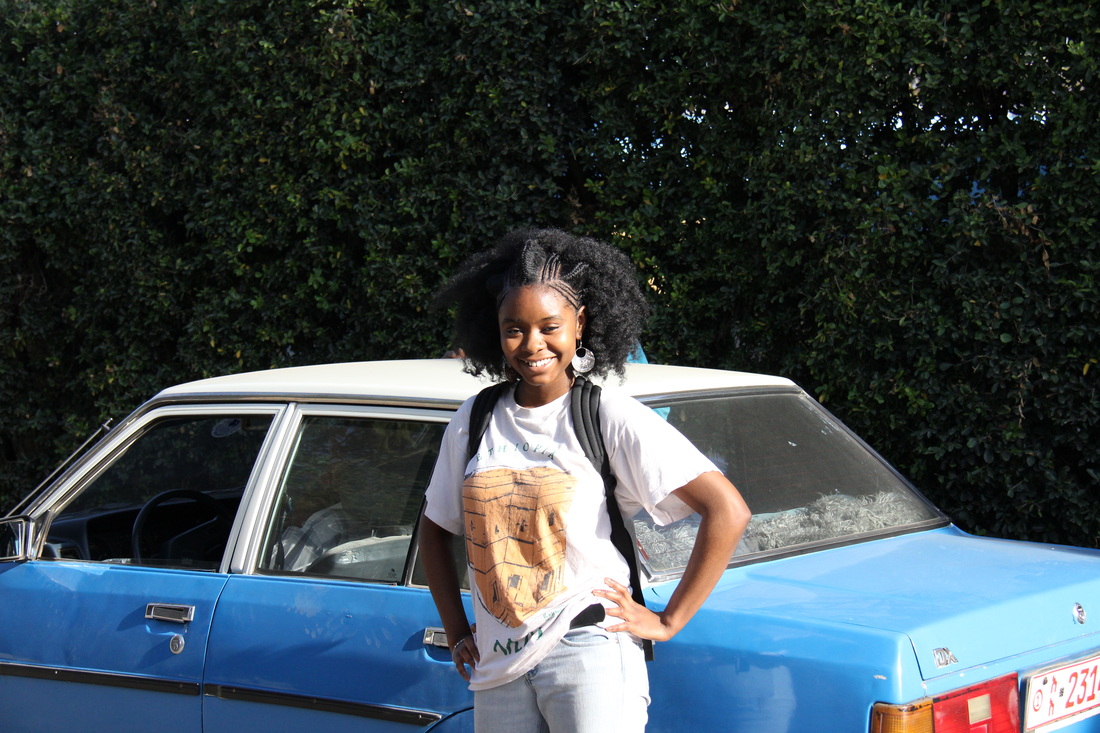

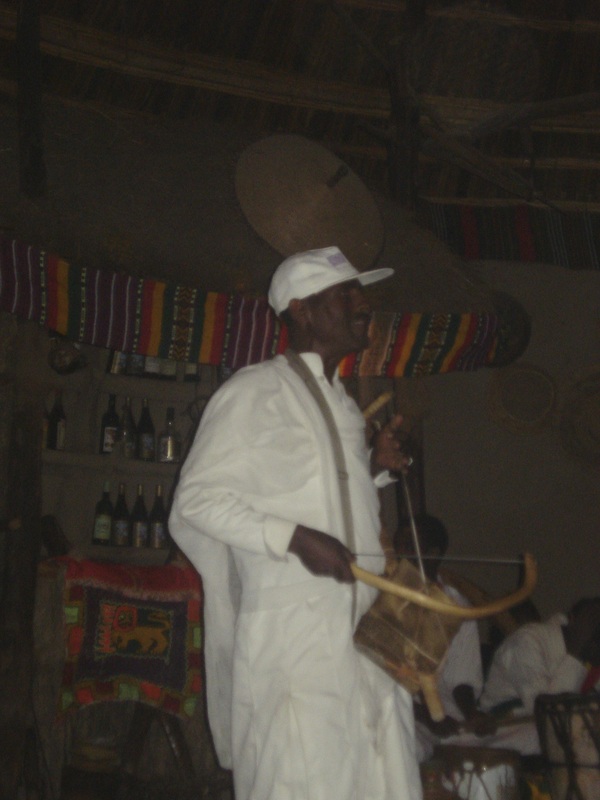
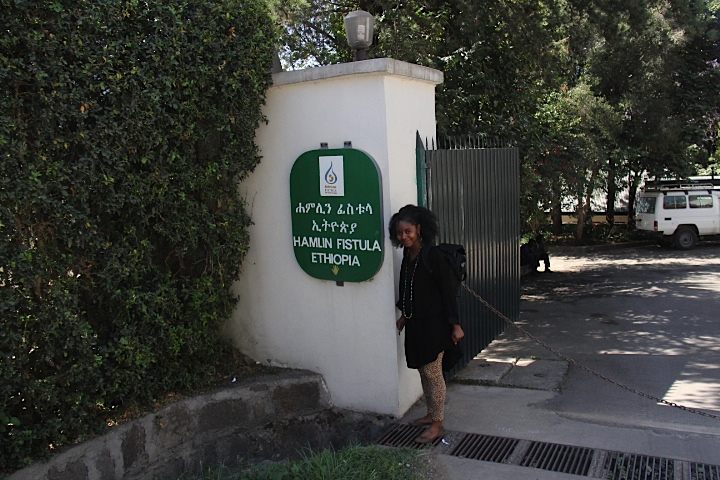
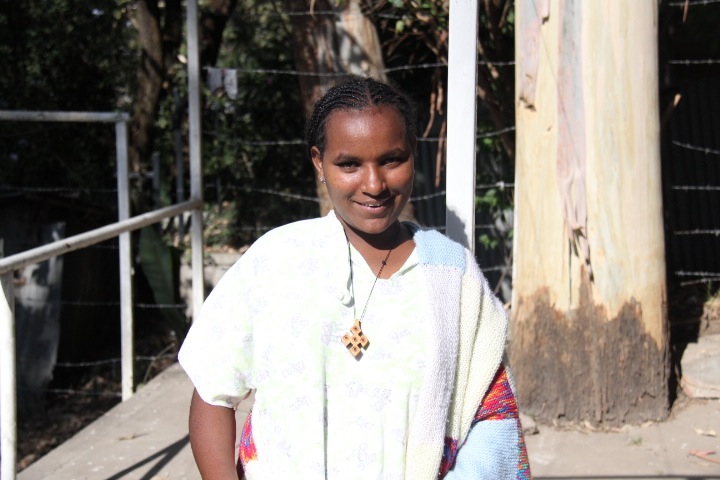
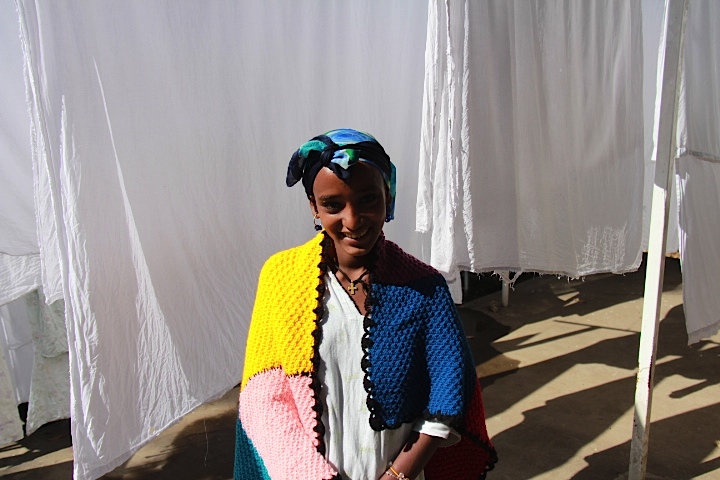
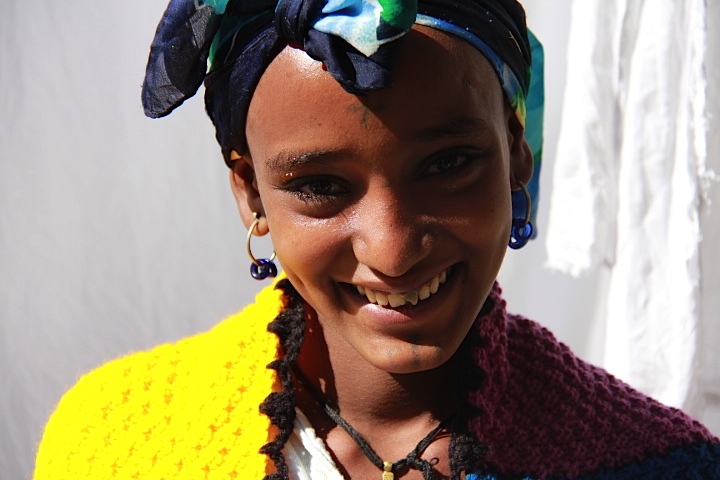






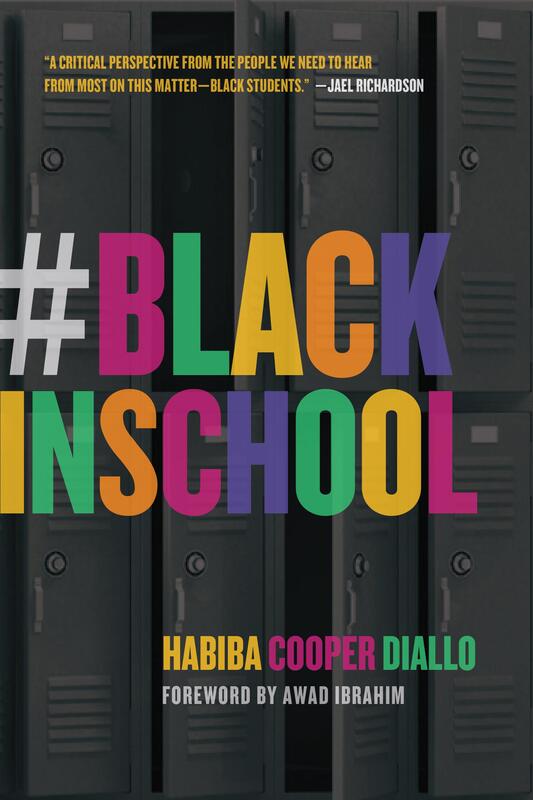
 RSS Feed
RSS Feed
